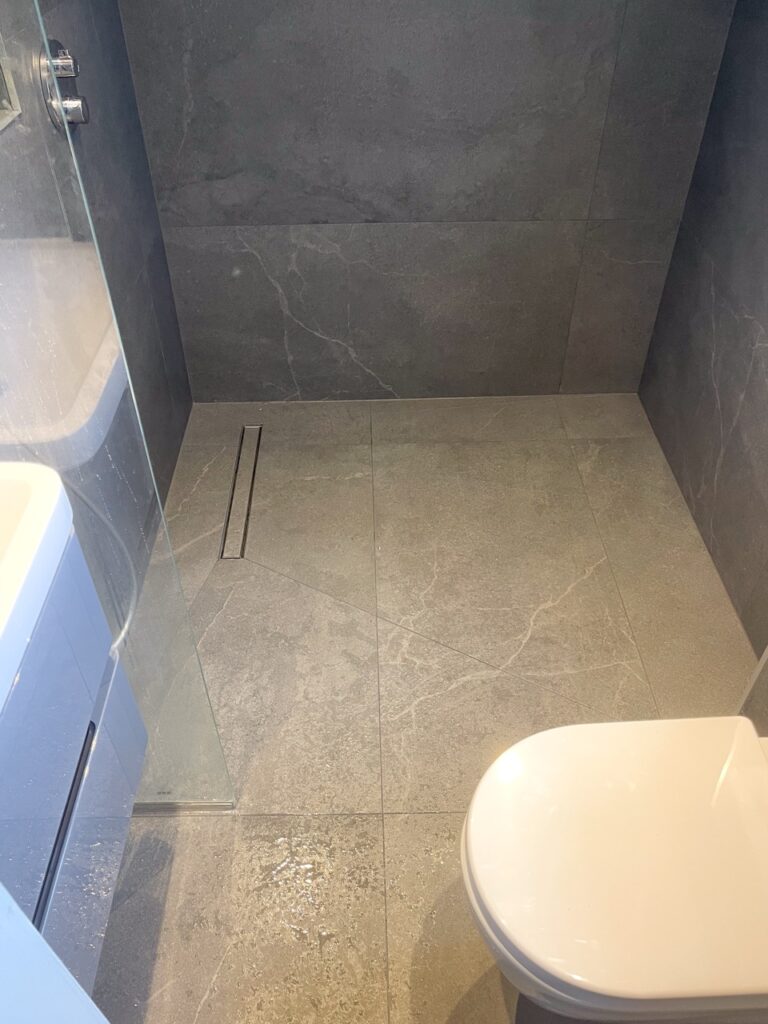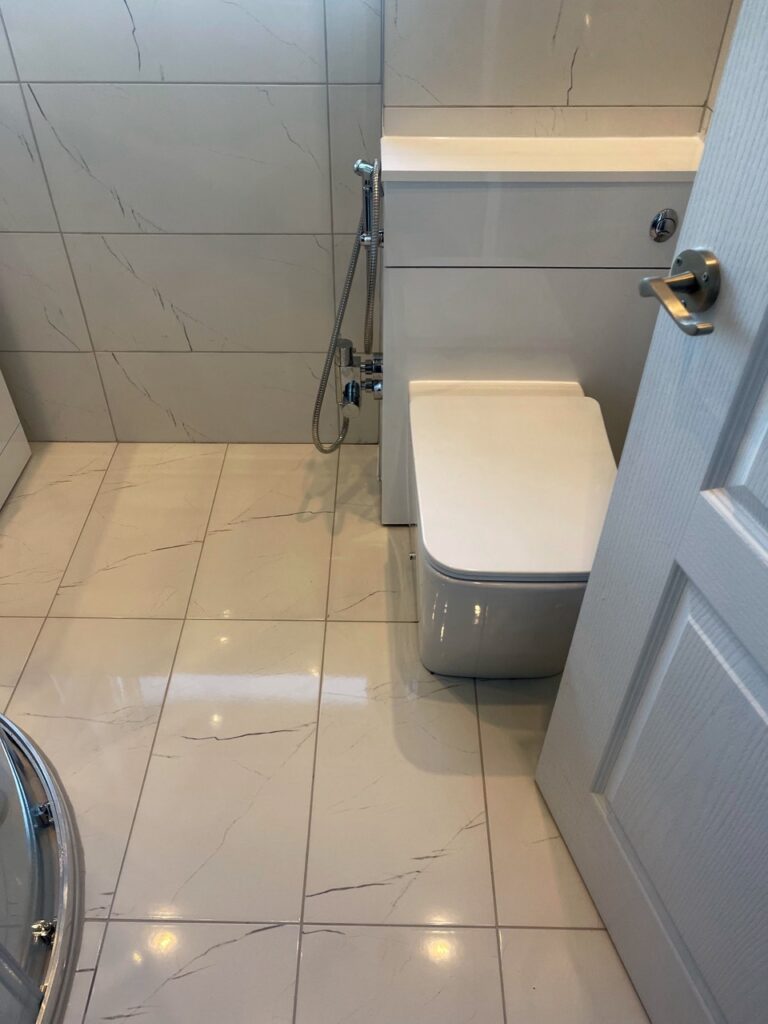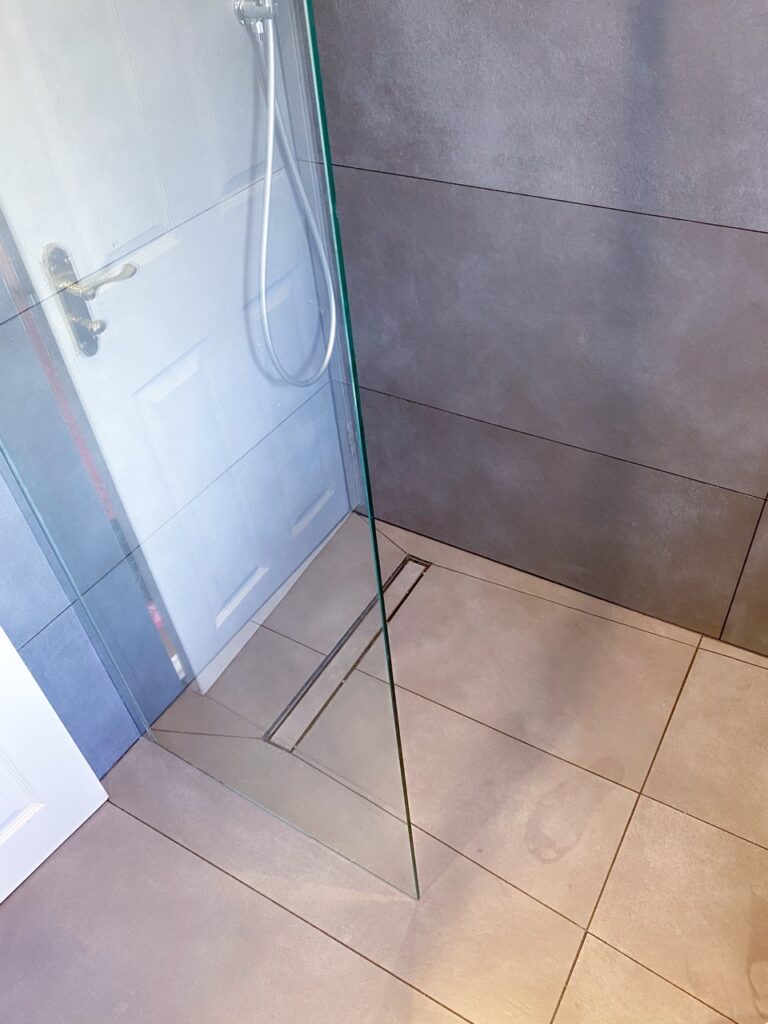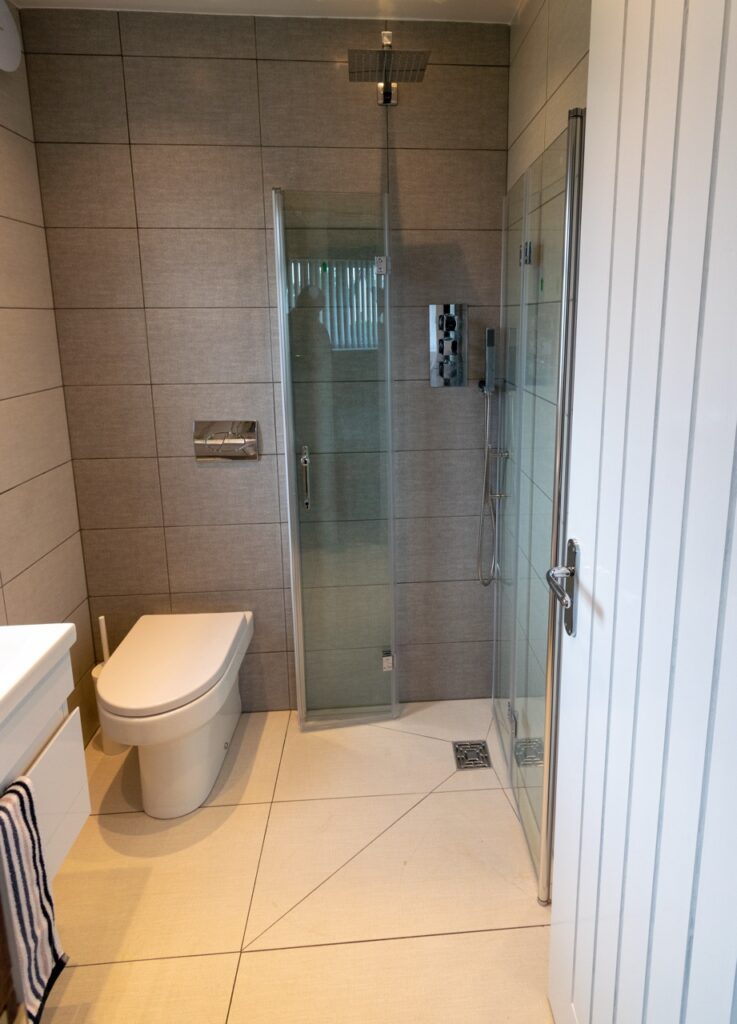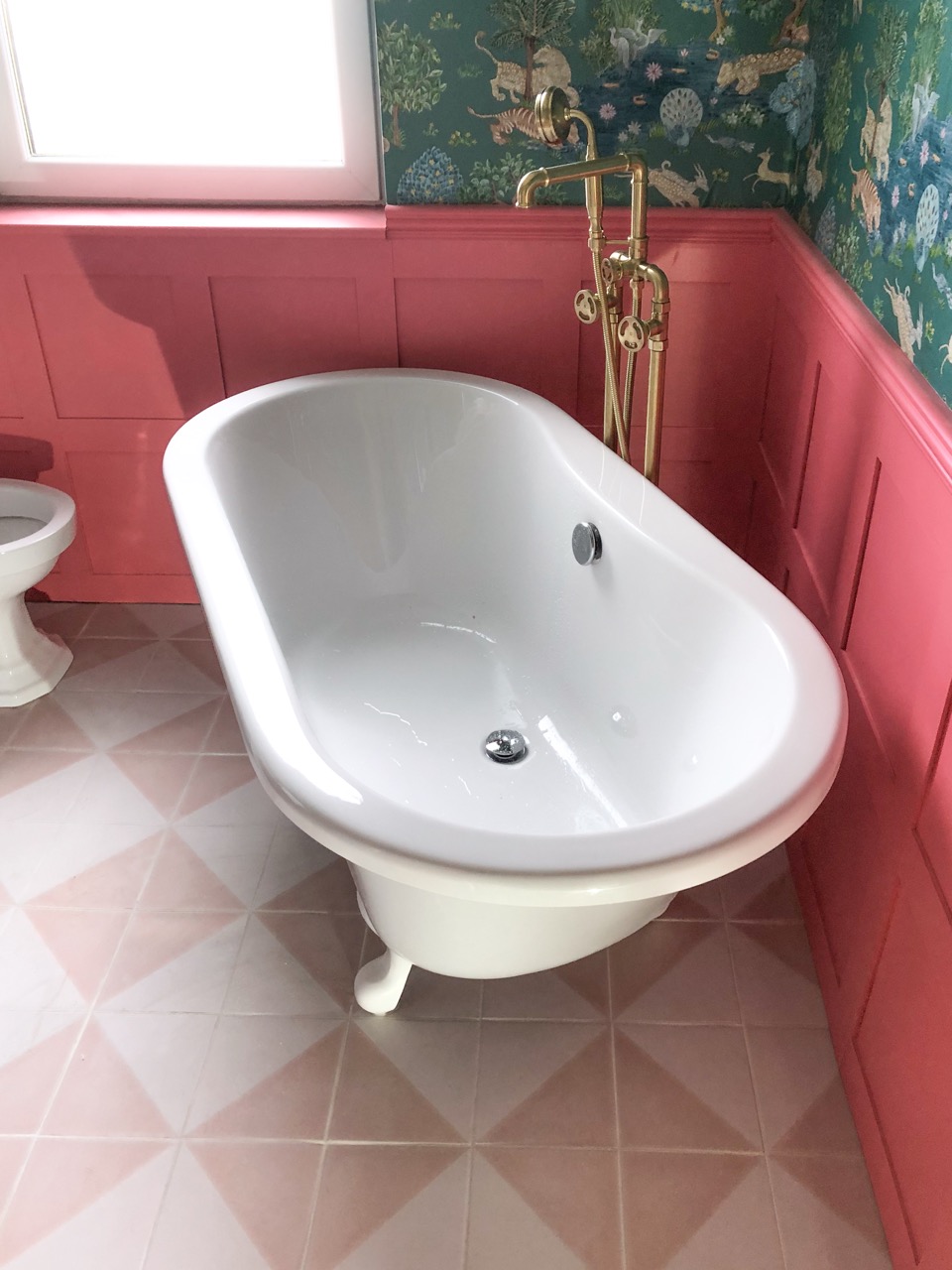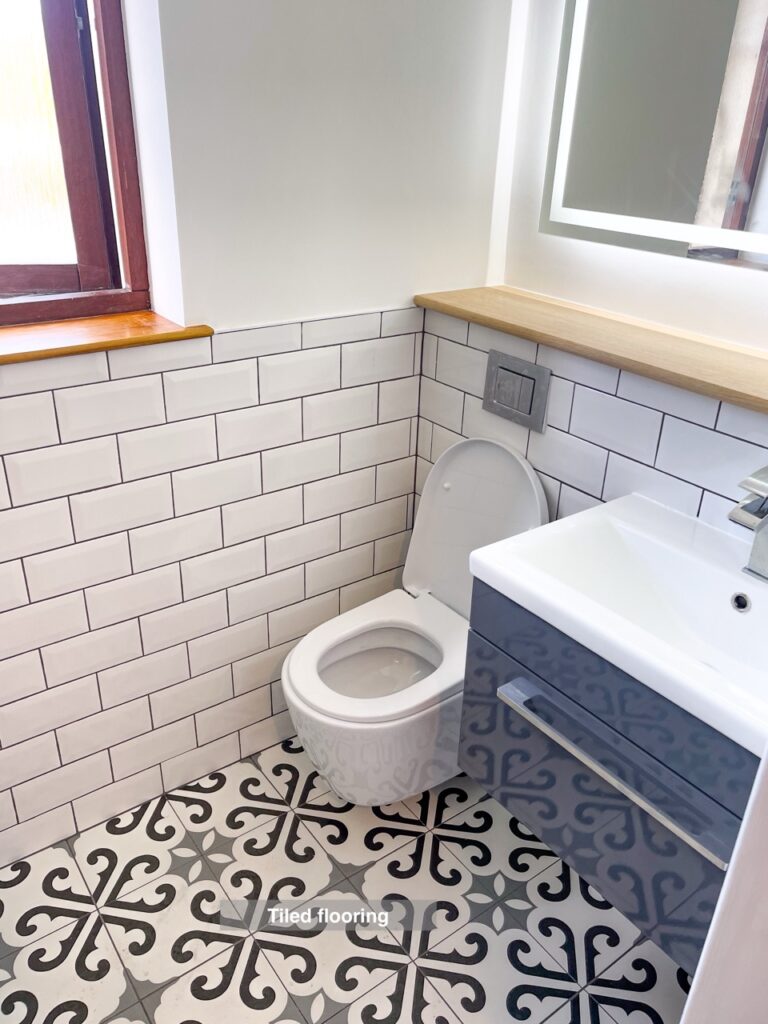Subfloor
While the top layer of flooring is all about appearance, the subfloor is where the real work happens. It determines whether your floor will creak, tiles might crack, or if the surface will warp over time. There are several types of subfloors, such as timber, chipboard, plywood, and concrete, each with its own advantages and drawbacks.
For timber or chipboard subfloors, it’s often advisable to replace or reinforce them with a layer of sturdy plywood. Plywood provides greater durability and stability, particularly in rooms where there’s added weight, like loft conversions. In certain cases—such as when laying large tiles—concrete boards are used for even greater stability.
Vinyl Click Flooring
Vinyl click flooring is a type of laminate flooring but thinner and made from durable plastic materials. It’s fully waterproof and can withstand prolonged exposure to water, making it an excellent choice for bathrooms. This type of flooring feels warm underfoot and can be paired with underfloor heating for added comfort.
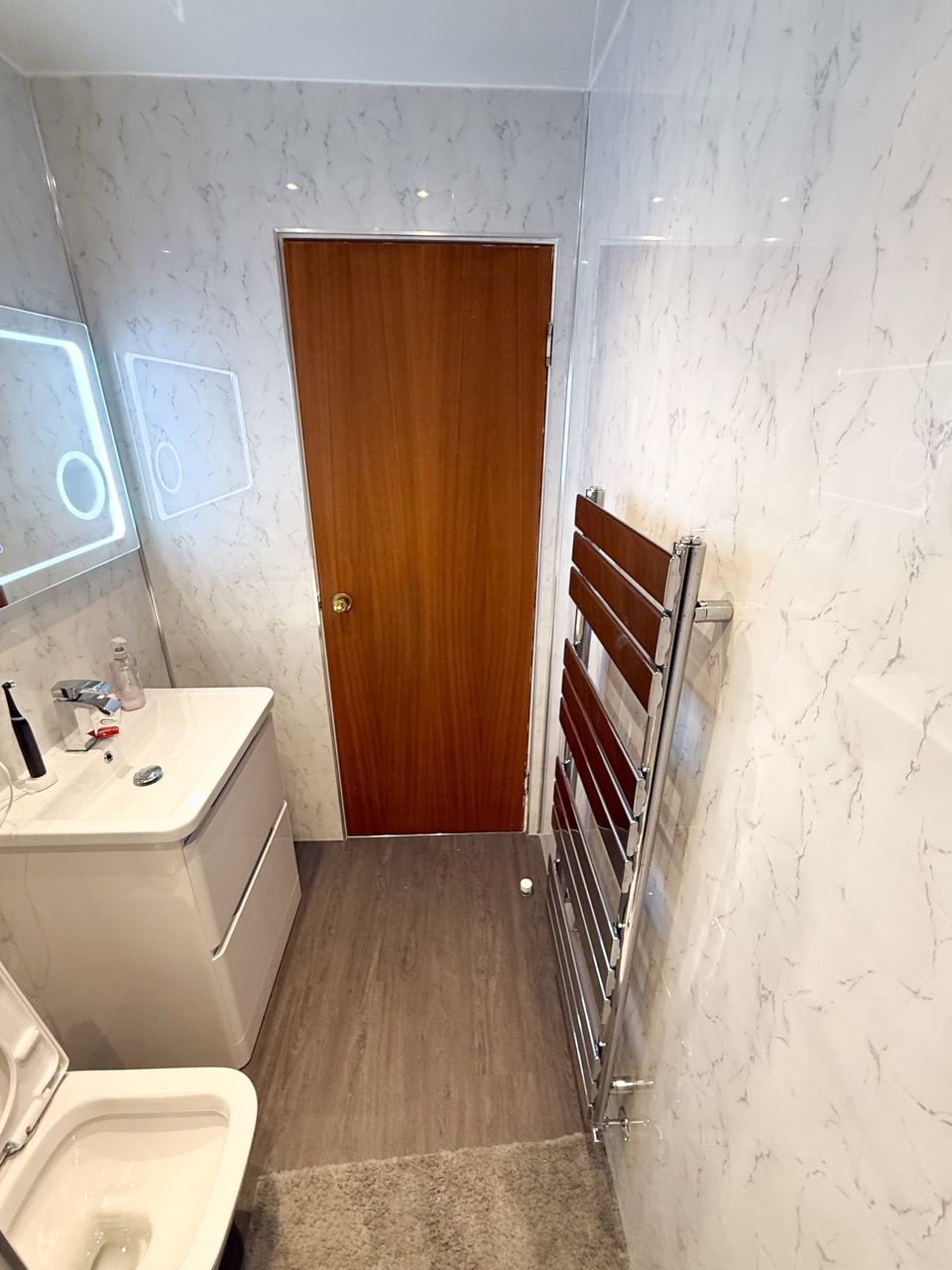
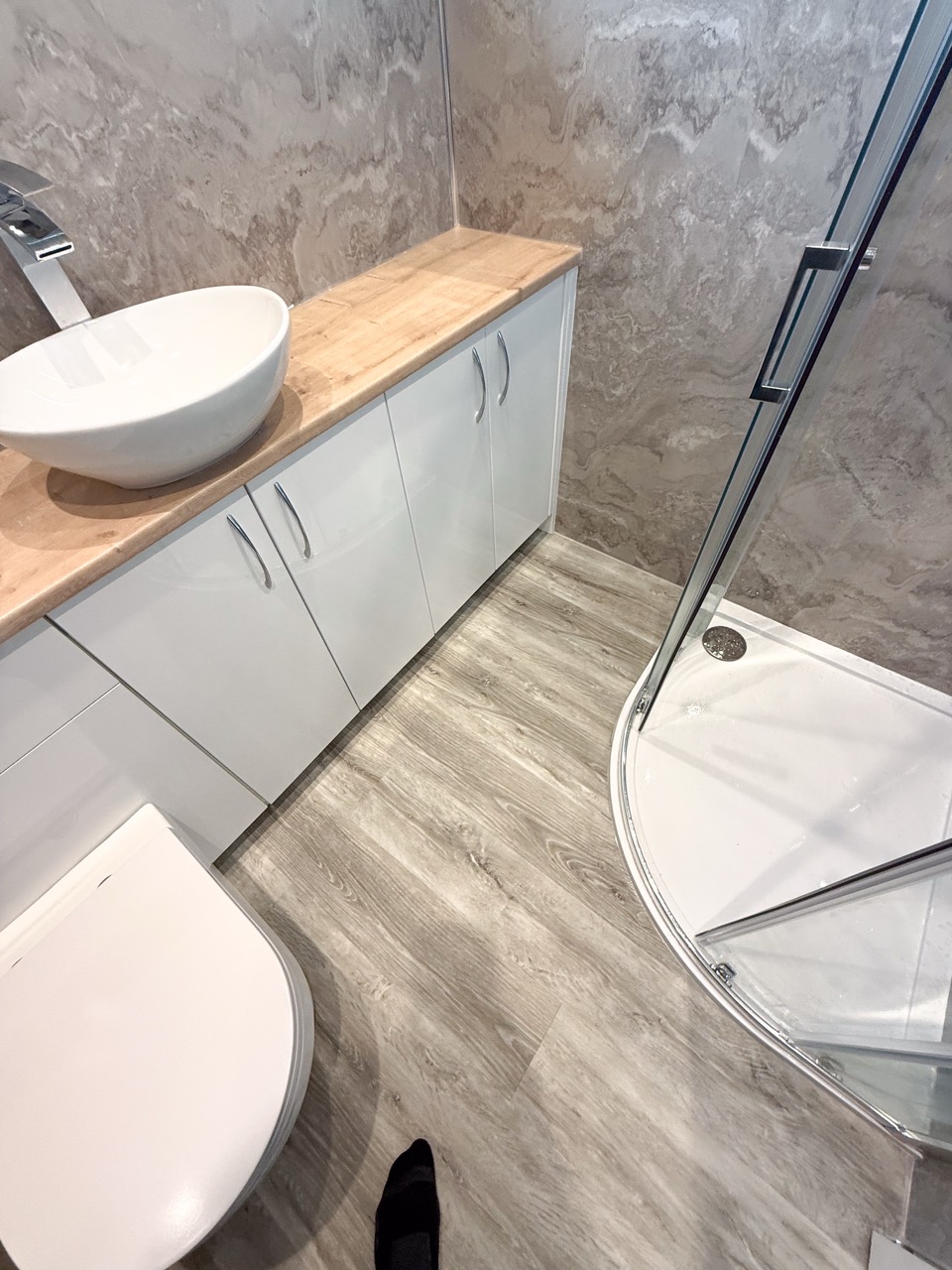
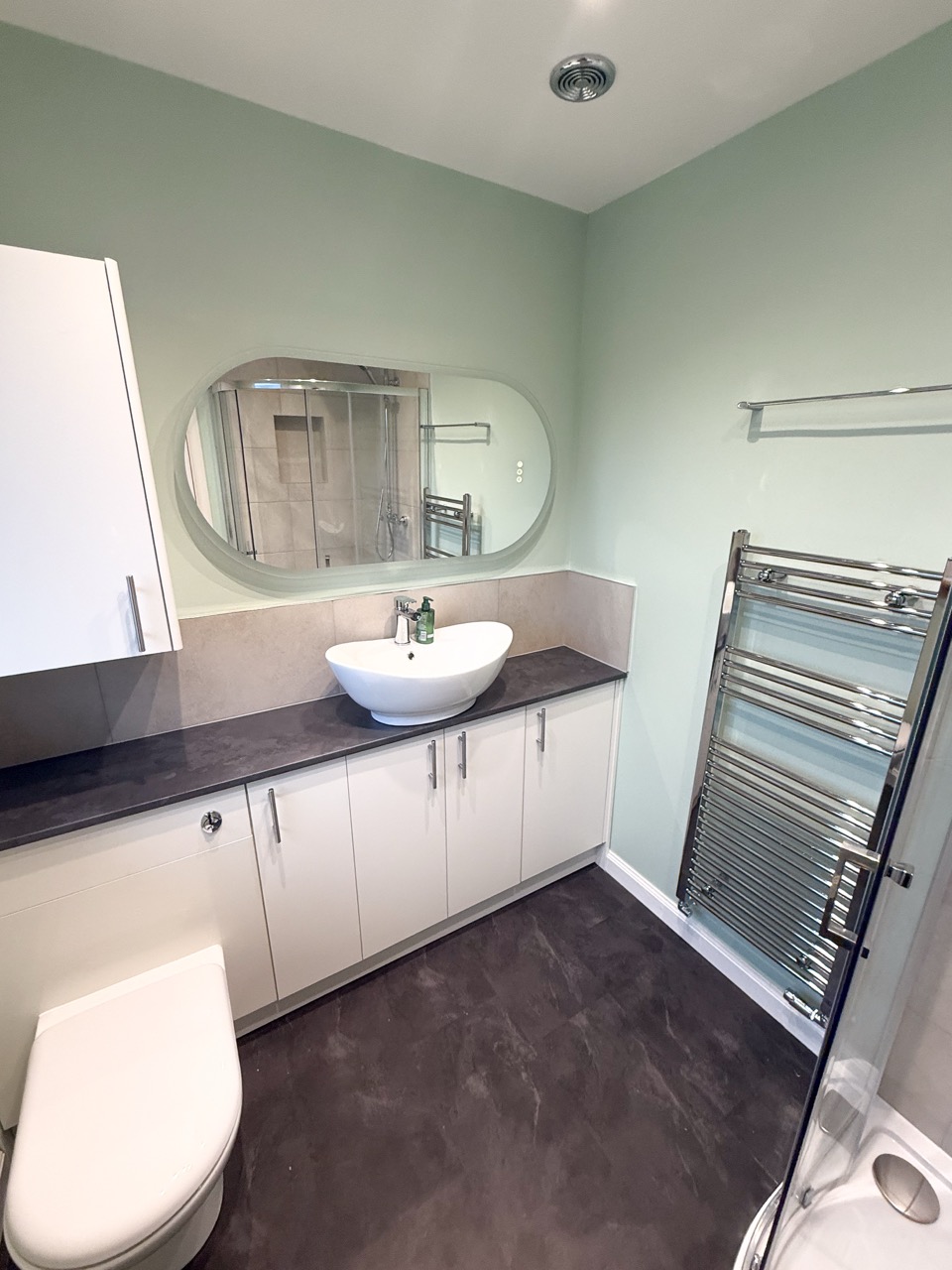
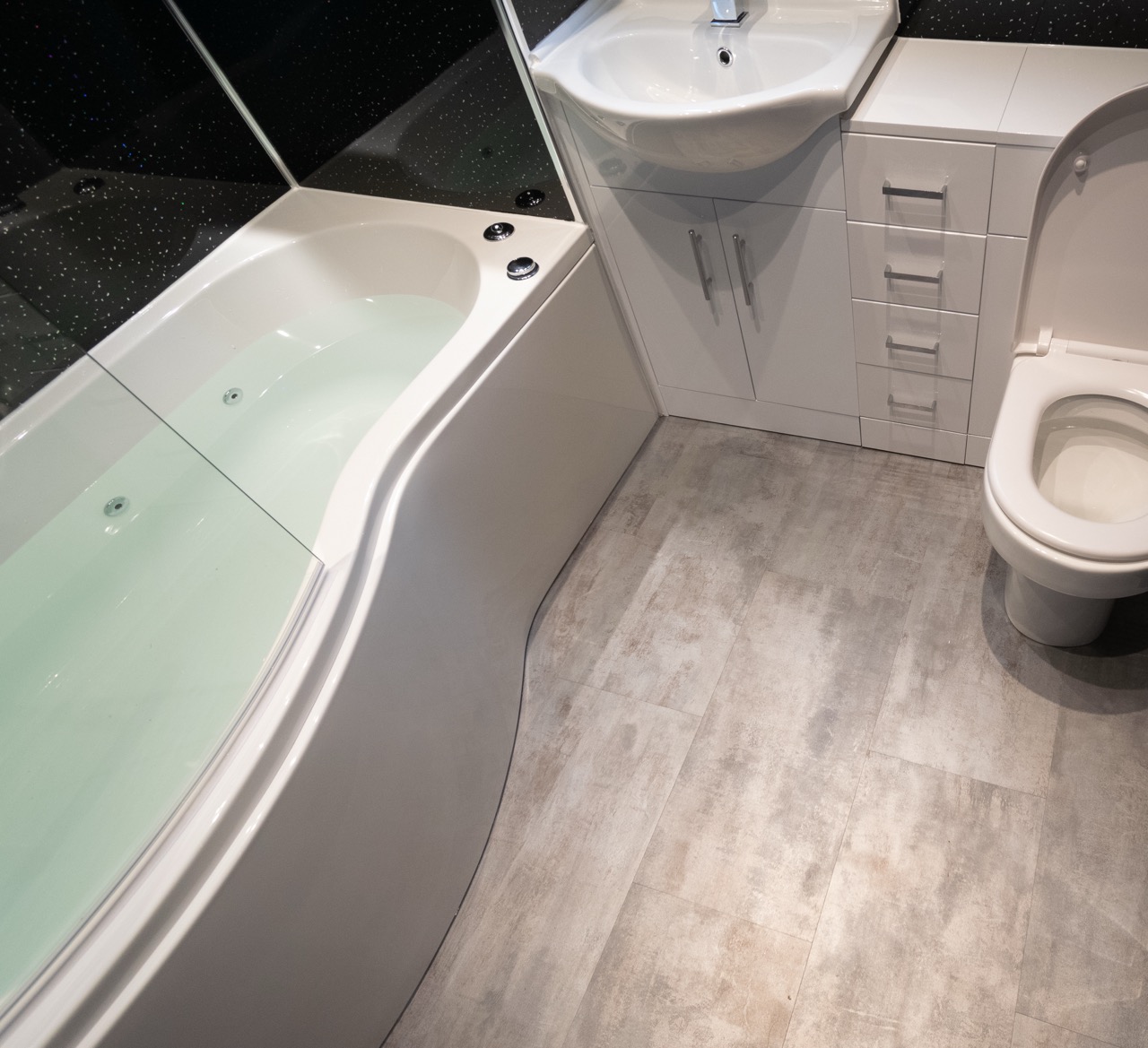
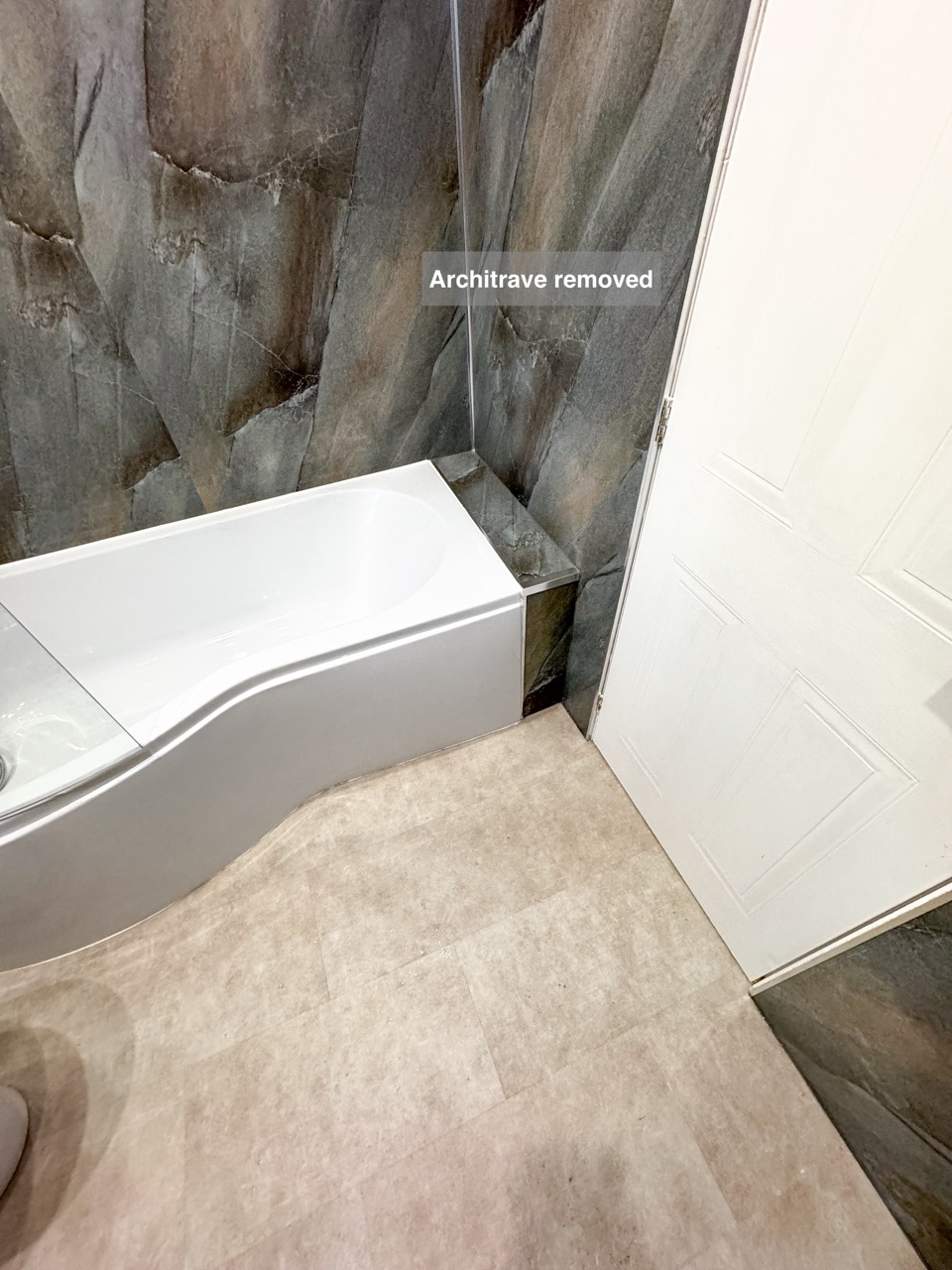
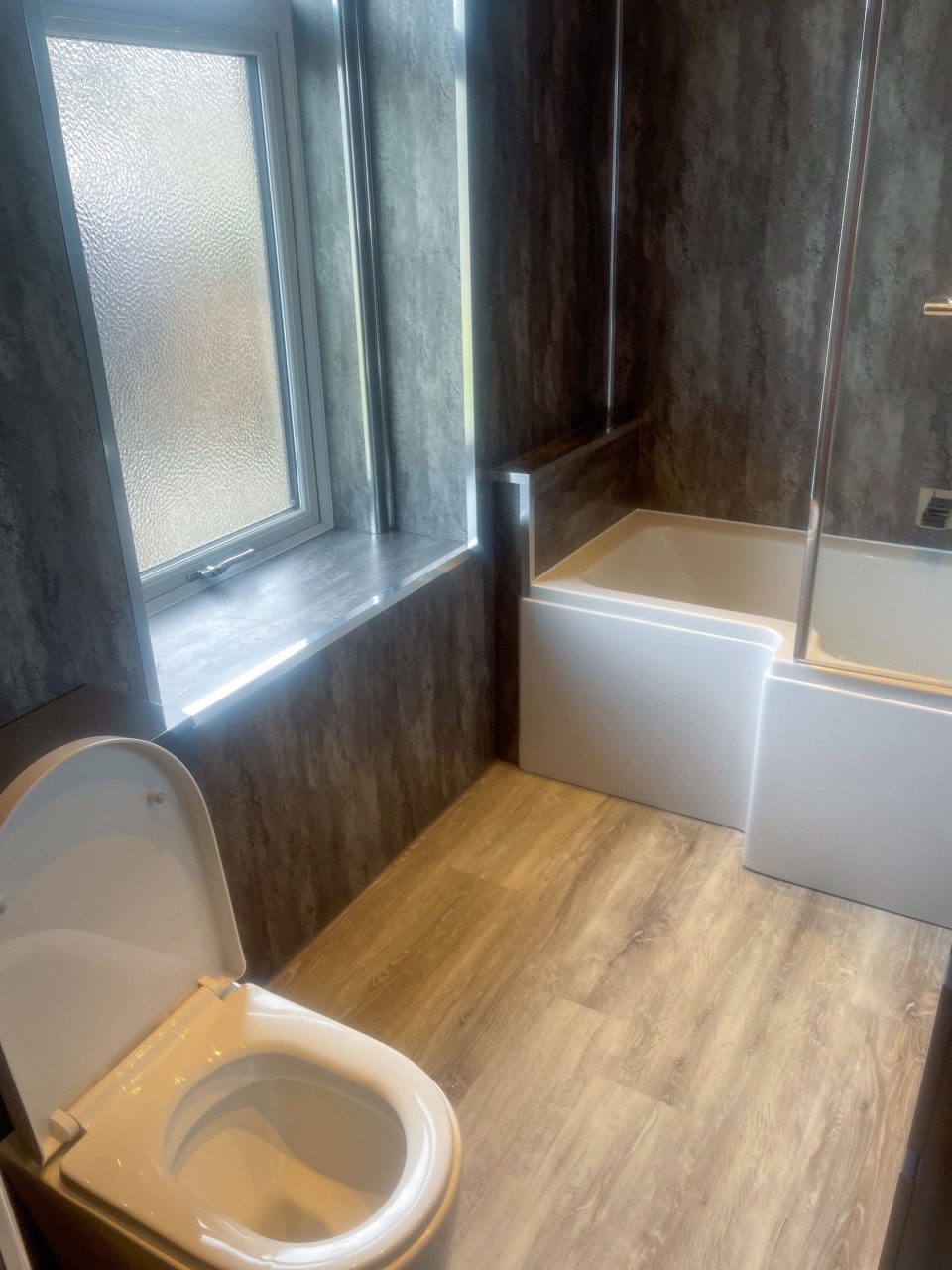

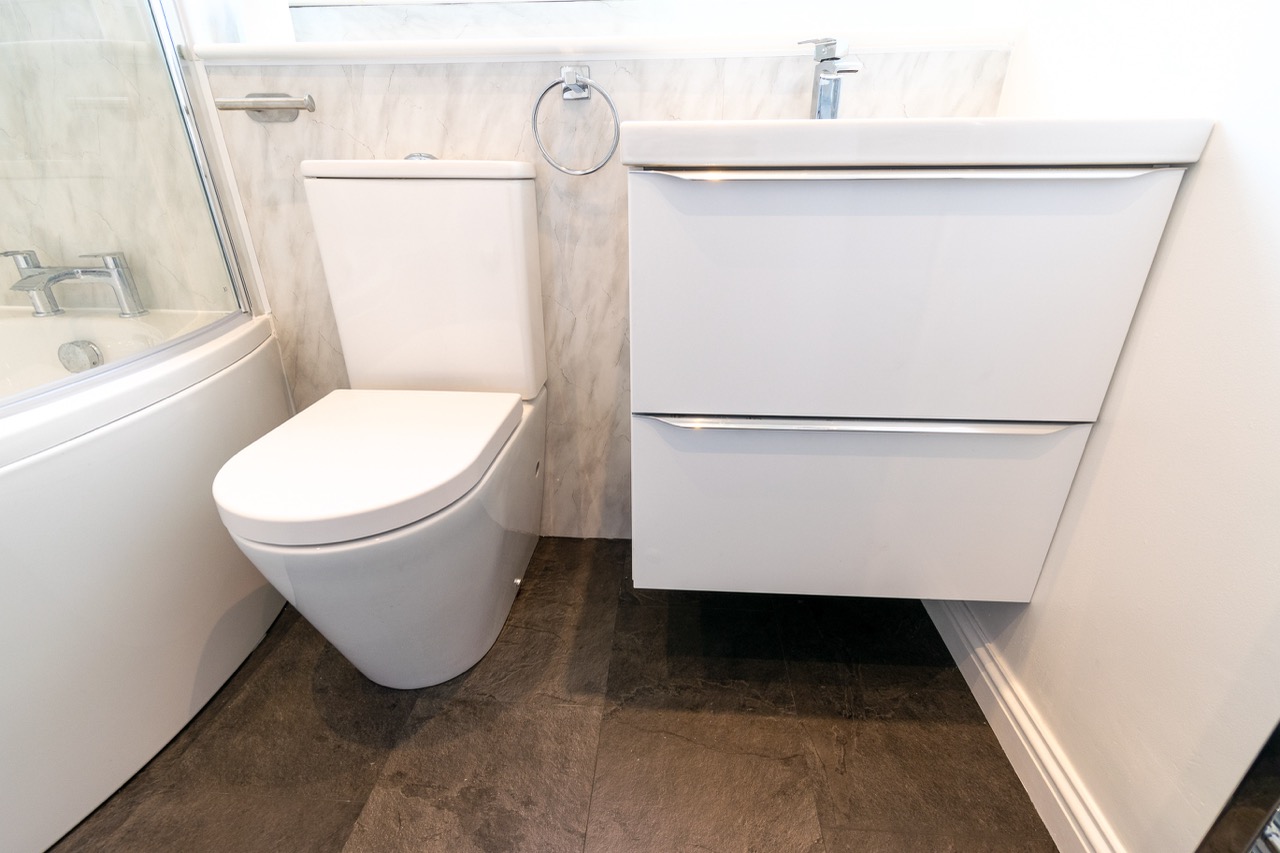
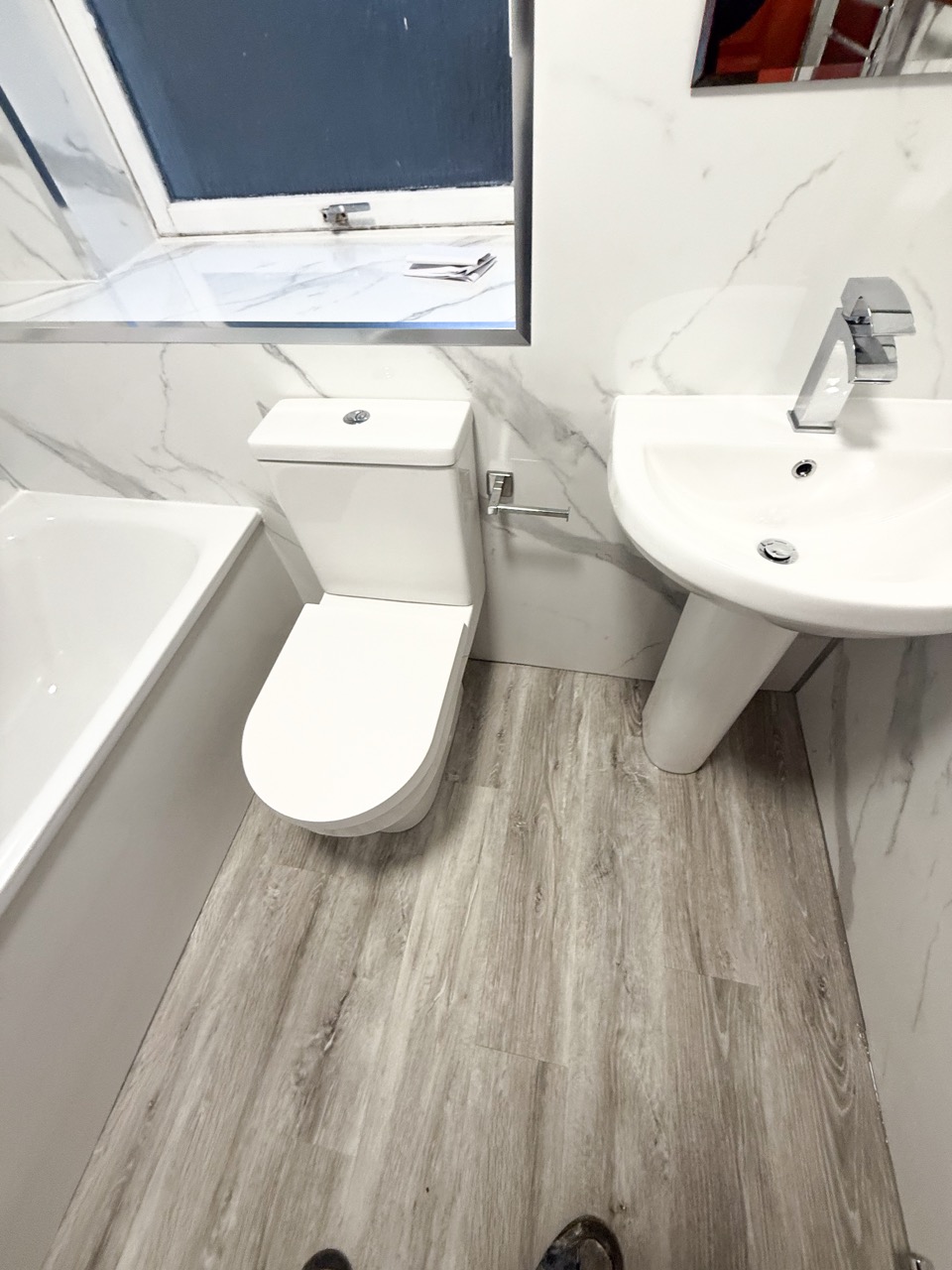
Tiles
Tiles are a timeless choice for bathrooms, popular both 500 years ago and today. There’s a vast range of tile styles to choose from, giving your bathroom a high-quality finish. However, tiling is more labour-intensive, which can increase installation costs due to the time involved.
The main challenges with tiles are the need for grout and the fact that they conduct heat, making them feel colder underfoot. These issues can be mitigated by using epoxy grout, which is far superior to traditional grout, opting for larger format tiles, and installing underfloor heating for added warmth and comfort.


